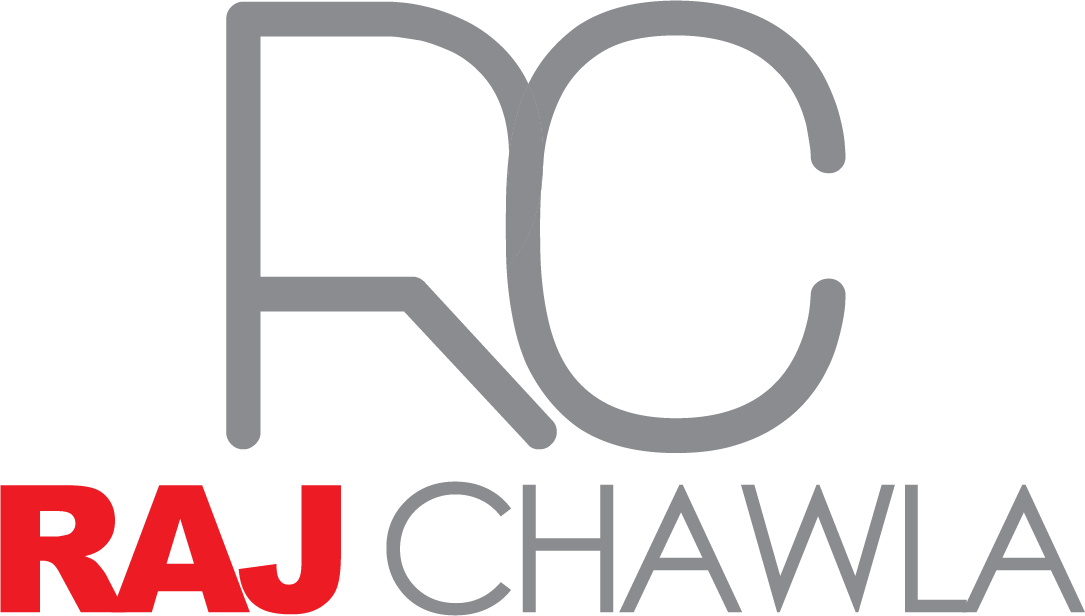Government emphasises spending to bolster economic recovery underway. IN BRIEF $106.6 billion deficit with net debt to peak at $980.6...
Read MoreBy using Dollar Cost Averaging, investors can get their money working for them without having to worry about the daily ups and downs of the wider market
One of the biggest deterrents for new investors is the idea that you need a lot of money to get started. When you’re still learning the ropes, the thoughts of putting a significant amount of money at the mercy of the market is very scary.
However, there is a strategy that allows you to get skin in the game while you’re still learning and no is the ideal time to start
.
Dollar-cost averaging means that you invest a fixed amount of money into the same fund or selection of stocks at regular intervals over a period of time.
For example, a great way to start dollar cost averaging would be to invest $100 into an ETF that tracks the S&P 500 — like the Vanguard S&P 500 ETF (NYSEARCA: VOO) — on the first day of every month. Key to dollar-cost averaging is consistency. In order for the strategy to work effectively, you need to make sure you’re fastidious in your investing and add more money to your portfolio every month.
There are three primary types of dollar-cost averaging: Basic DCA, Value DCA, and Momentum DCA.
Basic dollar-cost averaging is, well… basic! It is the simplest type of dollar-cost averaging and means that you invest the same set amount of money (a fixed dollar amount) into your portfolio every week/month — regardless of other happenings in the market. Once you have decided on the amount you wish to invest and the frequency, all you have to do is decide what stocks the money will go into.
One important thing to understand with basic dollar-cost averaging is the relationship that forms between the number of shares you buy and the movements of the market. If the share price of the investment drops in one particular month, you will end up buying more shares because the amount you are investing is still the same. Similarly, if a share price increases, you will get fewer shares per fixed dollar amount.
With Value dollar-cost averaging, you still make regular investments on a predetermined schedule. However, the difference between Value DCA and Basic DCA is that the amount you invest changes depending on the performance of your stocks.
If the price of the stock(s) you’re investing in falls over the last month, you increase the amount of money you invest in it next time. If it rises, you decrease the amount. This means that you are increasing the number of discount shares you are getting by buying low and decreasing the number of expensive shares you are receiving by not buying when it’s high.
Momentum dollar-cost averaging is similar to Value dollar-cost averaging but flipped around. So in this case, you decrease the investment after a negative month and increase the investment after a positive month. This allows you to ride on the wave of upward trending stocks and focus less on underperforming ones.
One of the biggest advantages of dollar-cost averaging is that it removes emotion from the equation. Humans are constantly trying to look for patterns in the chaos and can often become paralyzed by decisions. Nowhere is this more evident than the stock market.
Take the recent COVID-19 induced volatility, for example. Many investors became obsessed with the day-to-day swings of the market, trying to sell high and buy low. While this makes sense in theory, it is an incredibly difficult strategy to execute in practice and often ends up with you losing more money than if you’d just done nothing at all.
Dollar-cost averaging is often considered a hedge against market volatility. By consistently investing, you can take advantage of the average historical return of 10% that the market has experienced since inception in 1928.
Let’s use this as an example. If we are to assume that the market returns an average of 10% per annum, a $100 investment per month over five years would equate to just over $7,300 — $1,300 of which would be interest accrued on the principal invested.
When we push this dollar-cost averaging strategy out to ten years, it becomes a much-more impressive $19,125.
And what about twenty years? Well, if you managed to dollar-cost average for that long, you could be sitting on $68,730 at the end — almost $45,000 of which is interest accrued on the investment.
Not bad for a $100 investment per month, is it?
Government emphasises spending to bolster economic recovery underway. IN BRIEF $106.6 billion deficit with net debt to peak at $980.6...
Read MoreRegardless of how far off retirement is for you, it could be beneficial to regularly check that your finances are...
Read MoreThe amount of superannuation you should have is a culmination of the contributions made into your super account, fees deducted...
Read More